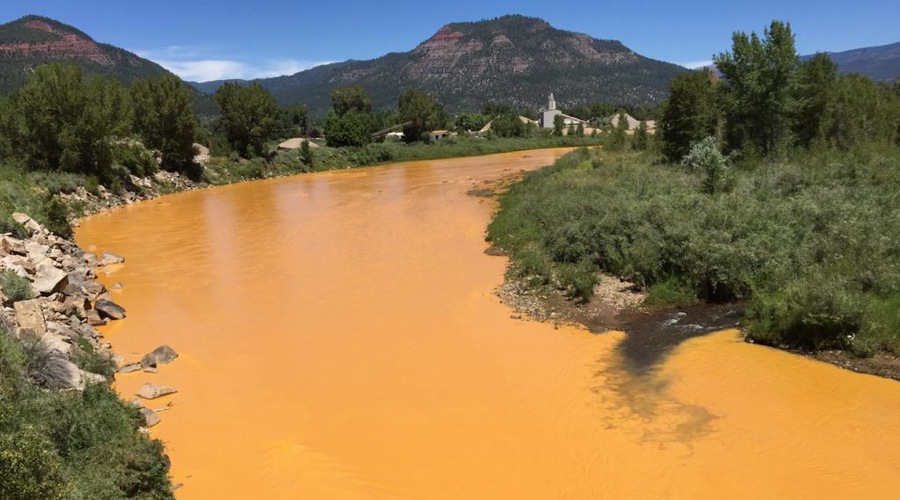Sunnyside Gold slams the EPA

Sunnyside Gold Corp. or SGC, a subsidiary of Canada’s Kinross Gold (TSX: K) (NYSE: KGC), sent a letter this week to the Region 8 Regional Administrator of the U.S. Environmental Protection Agency in Colorado rejecting recent declarations by the government agency.
In early June 2019, the EPA announced that it has modified
Back in February, the EPA said previous mining work contributed to significant water quality problems in the area. Sunnyside responded saying the statement is false and defamatory
The agency plans to drill the tunnel next month to measure water levels and investigate how the passage is connected to other shafts. The idea is to find a way to stop or treat contaminated water leaking into rivers from old mine sites. This is the place where, back in 2015, an EPA team accidentally breached a tunnel wall and unleashed a torrent of wastewater when carrying out cleaning up work at the defunct Gold King mine. Three-million gallons cascaded into a creek that feeds Colorado’s Animas River and later poured downstream into the San Juan River in New Mexico, across Native American lands, and reached Utah’s waterways.
Since Sunnyside owns and used to operate its namesake mine in the area, the EPA wants the company to back its efforts as it says that, besides Gold King, other operations contributed to water quality problems. Agency experts estimate that SGC’s activities altered the groundwater system and, as a result, have caused other mines to discharge waste and contaminate the headwaters of the Animas River.
However, in its recent written communication to the agency, Sunnyside rejected such a claim and indicated that five years of mining activity between 1986 and 1991 were followed by almost 30 years of remediation and reclamation and that these efforts have improved water quality. Therefore, the company believes it should not be forced to disburse more money for the new cleanup.
SGC quotes in the missive a study published in the Engineering & Mining Journal in July 2018 and the report by the Colorado Department of Public Health and Environment or CDPHE related to its completion of the terms of a Consent Decree it entered into with the state related to the $30-million reclamation and remediation of the site. Both documents suggest that the miner’s activities reduced metals loading in the Animas River and its tributaries. The firm was released from further obligations.
“CDPHE and CMLRD [Colorado Mined Land Reclamation Division] were charged with overseeing, and did in fact diligently oversee, SGC’s activities to ensure they were protective of the environment. The American Tunnel and significant other properties where SGC undertook activities are managed by the Bureau of Land Management,” the letter reads. “SGC’s authorizations to engage in mining at the Sunnyside Mine were granted pursuant to a Memorandum of Understanding between the BLM and Colorado. Were the EPA Statement accurate, CDPHE, CMLRD and BLM should be held in utter contempt for completely failing to fulfill their statutory responsibilities. The EPA Statement also disparages numerous others, including the Animas River Stakeholders Group, past leadership of EPA, and a Colorado District Judge, who endorsed SGC’s notable environmental achievements.”
Sunnyside considers that -as Mountain States Legal Foundation has said- the EPA is in a conflict of interest because it is acting as a regulator and supervisor of cleanup activities in the Bonita Peak Mining District while at the same time being a responsible party.
More News
{{ commodity.name }}
{{ post.title }}
{{ post.date }}

Comments